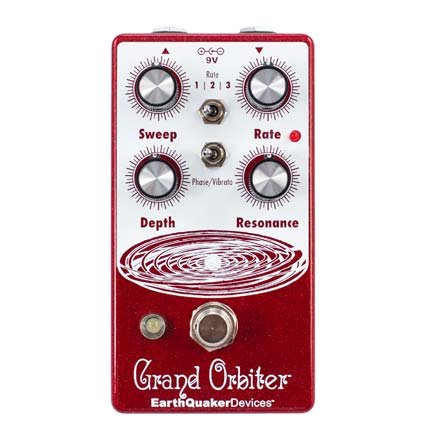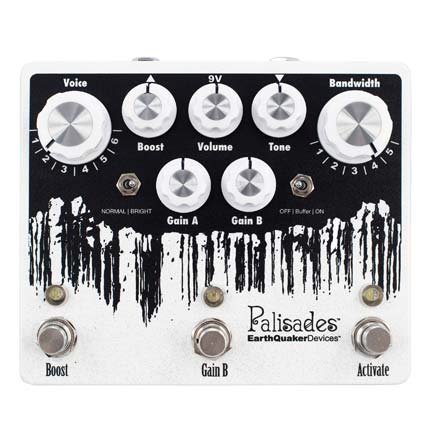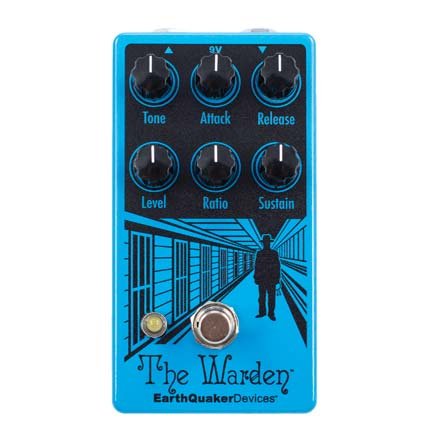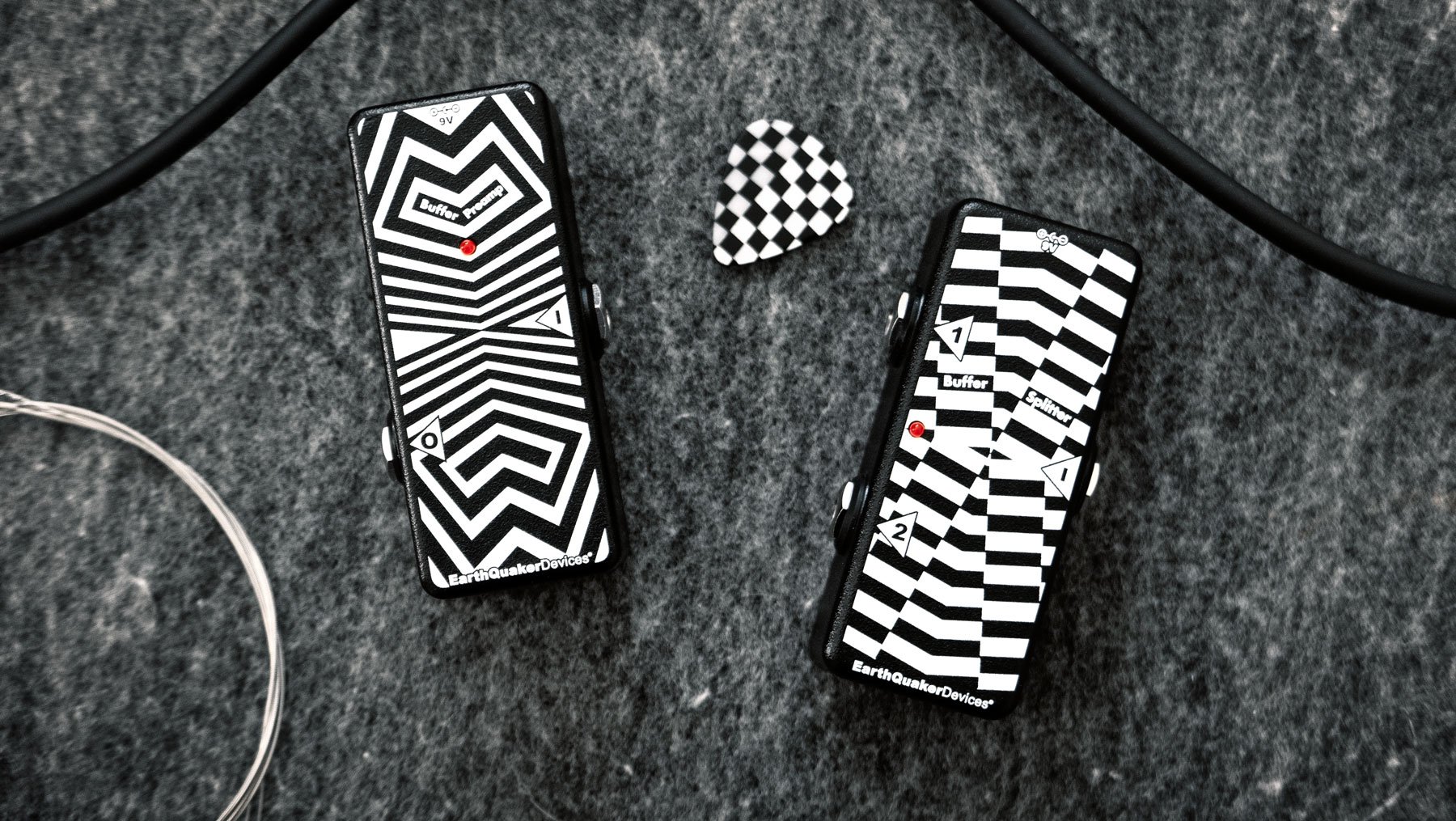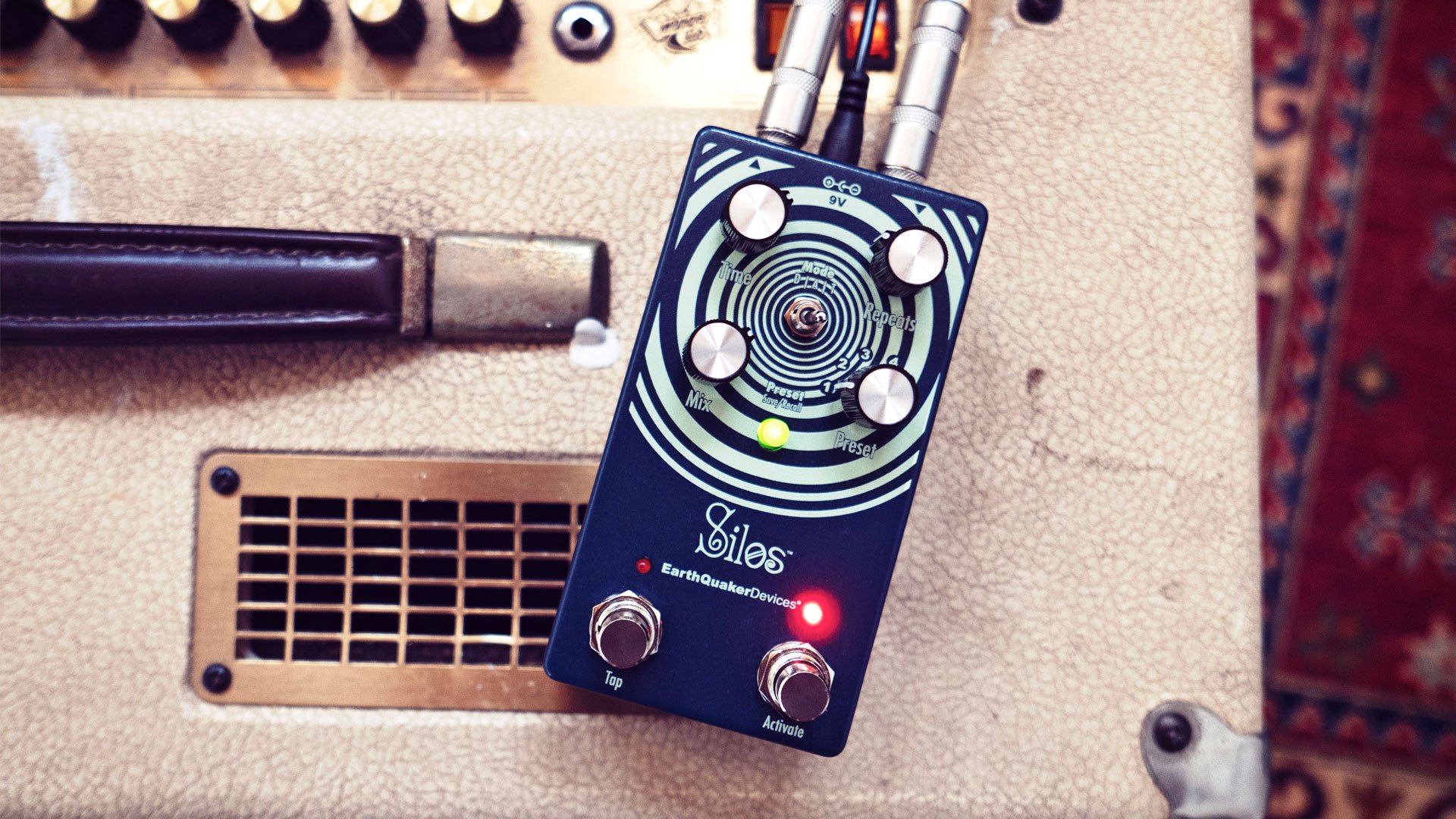Hizumitas For Noodlers And Fuzz Freshman
Malcolm X Abram
Fuzz.
It’s the familiar sound of rock n’ roll and its many sub-genres. For non-rock fans, it may be the sound of that “CrazyGeetarMusic music,” but it pops up in all kinds of music. Sure, nearly every fuzz pedal circuit designer is in some way kneeling at the altars of pioneers, namely; the Maestro Fuzz-Tone, Tone Bender, Fuzz Face, and The Big Muff and decades of variants, but all fuzzes ain’t the same.
EQD currently has five fuzz pedals available, and they all bring something different to your sonic table. Check out our Fuzzcyclopedia blog post for a side-by-side comparison. Our newest fuzz is the Hizumitas, a simple three-knob wonder created in conjunction with Wata, guitarist of Boris. The Hizumitas is based on Wata’s beloved ELK BM Sustainar, one of the first Japanese clones of the Big Muff circuit and a staple on her pedalboard for years - until now. Wata uses the Hizumitas on Boris’ new album W, released in January on Sacred Bones Records.
No, the Hizumitas isn’t going to make your 1x8 Fender Champ sound as powerful as Wata’s stack of Orange 120 4x12s, but it will give your “heavy” sound more heft, and your screaming lead lines more ... scream.
As with all things music and music gear-related, there are hardcore fuzz aficionados who can listen to ten seconds of a particular pedal and tell you, “Oh sure, that’s a Ram’s Head BM from late December 1973. Sounds like one of the .047uf caps needs to be replaced, and the FS36999 transistor was manufactured in Southeastern China on a cloudy Tuesday.” Good for them.
For the rest of us noodlers, bedroom rock stars, weekend bar band and blues jam warriors, and any folks who just wanna RAWK alone or with friends on their instrument of choice, the minutiae of components and the long-debated concept of “vintage mojo” is likely not that relevant. In essence, “Fuzz pedal make guitar/bass and amp loud and scary! Hell YEAH!”
Still, you don’t have to be a fuzz expert to know what you want from a fuzz. Are you looking for a Jimi Hendrix, Pete Townshend late 60s or early 70s sound? Or perhaps your seven-string is drop-tuned to A, and you want that beefy stoner rock bottom end that alters your heart rate when standing too close to the amp. What about that sizzling treble-y near-death metal chainsaw tone? Yep, Hizumitas can get you in the ballpark.
It only has three knobs, but they are highly interactive. The Volume knob is pretty simple. It raises and lowers the volume of the fuzzed-out signal, with unity being around 10 o’clock. The Sustain knob kicks up the distortion, adding a hint of compression. At zero, the Hizumitas will give you a usable, lightly distorted sound. But as you crank it, the signal gets increasingly distorted but retains enough tightness to keep chords articulate. But the level of articulation depends on your Tone knob settings. The Tone knob isn’t just a basic treble roll-off or bass cut because from noon, turning the knob clockwise boosts bass frequency to a hefty bottom end, and turning it boosts the treble into near RAT territory.
The fun really starts when you begin fiddling with the Tone and Sustain knobs in tandem. If you’re new to fuzz and overdrives, we’d suggest putting all three controls at noon, picking your favorite power chord or riff, and just going nuts on your instrument until someone begs you to turn it down. Then play around some more, especially with the Tone and Sustain knobs, until you find your new signature fuzz-stortion tone.
We’ve compiled a few audio clips to give you an idea of the range of sounds the Hizumitas can provide on guitar and bass. The guitar used is a Partscaster with P90s using the neck pickup into an AMT V1 preamp (modeled on a Vox AC30) pedal. Then the signal hits the Mooer Radar Cab sim using its Vox AC15 cab and into the Focusrite 2i2 USB interface and Studio One 5 by PreSonus.
CLIP #1 & 1A
Here is the Hizumitas with the Volume and Tone set at noon while sweeping through a full range of the Sustain knob. Clip 1 is from minimum to maximum, and Clip 1A is max to min.
Hear how even when cranked, the individual notes of those Maj 7th chords are still articulated and just how much sustain is available. Also, it chugs real good.
CLIP #2 & 2A
Flipping it, here is the Volume and Sustain set at noon while sweeping through the turn radius of the Tone knob. Clip 2 is from full bass to full treble (counterclockwise), and Clip 2A is bass to treble (clockwise). Here you can really hear how the Tone knob doesn’t just cut bass or treble frequencies, but boosts them offering a wider range of tones. Full treble can get you near that Rat/HM2 territory, though with a bit less harsh highs. Full bass immediately turns you into a Doom metal god.
CLIP #3
Here’s your min tone. Volume at around noon, Sustain at minimum while sweeping through the Tone knob’s radius. There’s still considerable grit, and it might work as an ersatz fuzz/drive for some applications. But just so you know, the mighty Hizumitas can be tamed … somewhat.
CLIP #4
Here we are maxed out. Full Volume, full Sustain, and the Tone knob cranked for maximum low-end heaviness. HELL YEAH!!!
CLIP #5
Lest you think the Hizumitas isn’t a social stompbox, Wata sometimes adds a Boss OD-1 to her sound to kick the heaviness up several notches. So, here is the Hizumitas with the Sustain at noon and the Tone at around 11 o’clock, following the Palisades in the pedal chain. Yeah, it can get a bit noisy, but in all the best possible ways.
CLIP #6
Another example of the Hizumitas playing well with others on your pedalboard. Here’s the Hizumitas going through the Grand Orbiter. Oooh, so psychedelic!
CLIP #7
Here’s the Hizumitas with Sustain at noon, Tone at about 10. For this one, we used our Les Paul knockoff tuned down to the Sacred Key of Iommi (a.k.a C#). The signal also goes through The Warden optical compressor with heavy sustain, a fast attack and release, and the ratio knob around noon. Then into a Boss OC 5 Octave pedal and then into the Hizumitas. Enjoy.
CLIP #8
Yeah, it works on bass too. Do you crave that punk-infused, fuzzed-out speaker on the edge of combustion sound? The Hizumitas got ya.
There you have it. Hopefully, this little taste of the Hizumitas sonic charms will give you an idea of the many possibilities available from this simple three-knobbed wonder. If you’re intrigued, please head on over to the Hizumitas’ product page for more (and better played) audio samples, videos, and more!
Remember … Wata knows fuzz.
Trust in Wata.
Malcolm X Abram is a recovering reporter and music writer and a proud 40 year guitar noodler. He lives, works and plays in the bucolic dreamland of Akron, Ohio in an old house with two dogs who don’t really like each other and way too many spiders.


